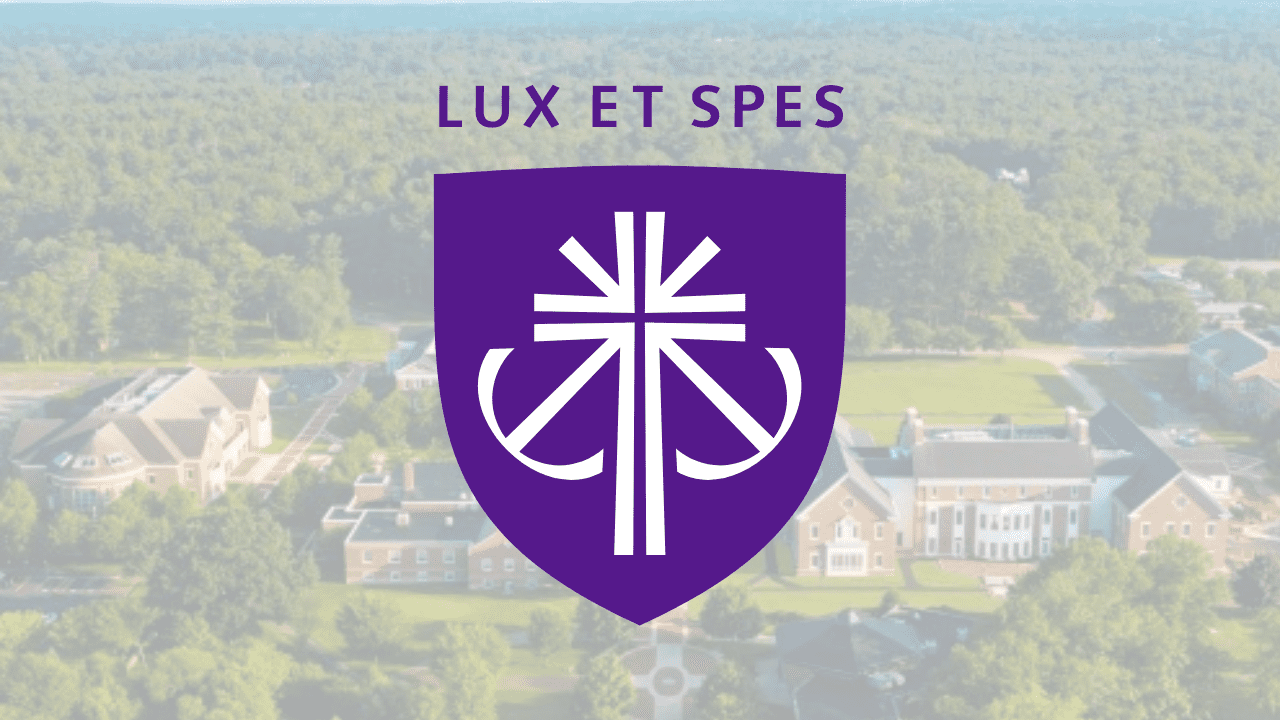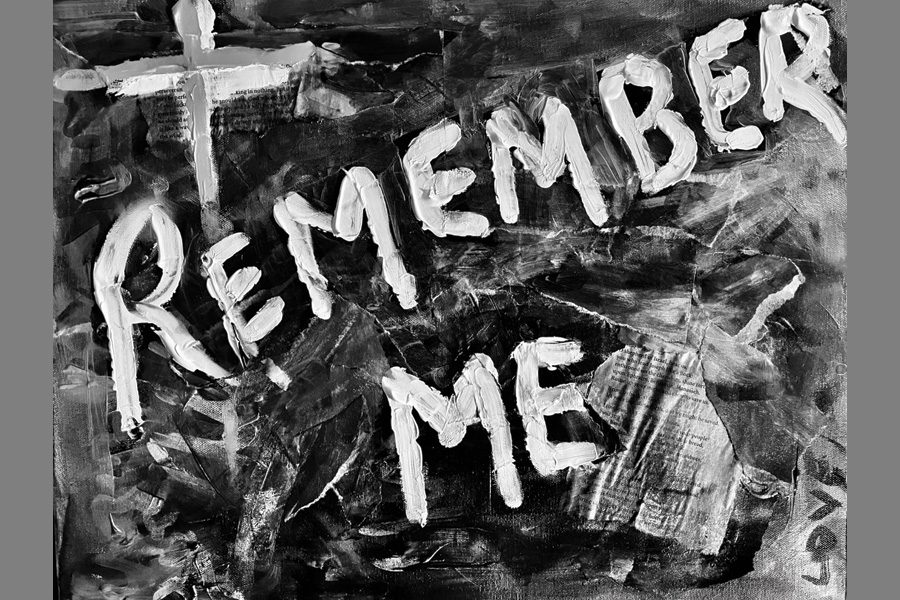This semester, Stonehill College, where I serve on the faculty, is rolling out a new First-Year Writing requirement. While we had previously required students to take a certain number of writing-intensive humanities seminars, we discerned that our students would be better served by adding a required class specifically geared to helping them develop as writers. What we found to be best practice was for each section of this class to have a specific topic. That way, the students’ writing would flow from substantive and shared classroom discussion.
I chose to develop my class with Stonehill itself as the topic. In this class, we look first at the College’s Mission Statement. We compare it to other colleges’ Mission Statements and investigate how our Statement is grounded in the Holy Cross tradition. We then proceed to examine the degree of fit between what actually happens at Stonehill and the commitments we say are important to us in our Mission Statement.
One phrase from the College’s Mission Statement seems clearly drawn from the Holy Cross Constitutions. Stonehill declares the following aspiration: “each Stonehill graduate thinks, acts and leads with courage to create a more just and compassionate world.” This combines, with slight rephrasing, two commitments found in our Constitutions: firstly, our conviction that, “for the kingdom to come in this world, disciples must have the competence to see and the courage to act” (2:14); secondly, our desire to work “with all for the development of a more just and human society” (1:7). Any educational institution must aim to help its students think. A Holy Cross education, though, does this with a particular aim and in a particular manner: aiming at justice-seeking action and doing so as people whose hearts have been transfigured.
Examining the Holy Cross roots of our Mission Statement enables students to understand more precisely what certain terms mean in this context. For instance, our Statement highlights the College’s motto: Lux et Spes (Light and Hope). But what is hope? Where is it to be found? Holy Cross’s Constitution 8 provides an answer to that question: in the cross. When we talk of compassion, where is that most fully encountered? In hearts conformed to the Sacred Heart of Jesus.
One of my students made an insightful connection between the vows members of the Congregation take and their College’s Mission to “[foster] critical thinking.” The student noted that we Holy Cross religious “[want] to live our vows in such a way that our lives will call into question the fascinations of our world: pleasure, wealth and power” (5:45). I had never before considered the relationship between our living of the vows and the task of the scholar-teacher to engender critical thinking in our students, but it is real. Students are curious about our life because it seems different, yet we seem relatable. In the right circumstances, this can lead them to ask questions that open up their capacity to consider other priorities and possibilities for their lives and the world.
Our Constitutions also tell us that “we find that we ourselves stand to learn much from those whom we are called to teach” (2:16). Through encountering our College and our Congregation through the fresh eyes of first-year writing students, I have been reminded how true that is.
(Rev.) Adam Booth, C.S.C.
Published 03 October 2024




